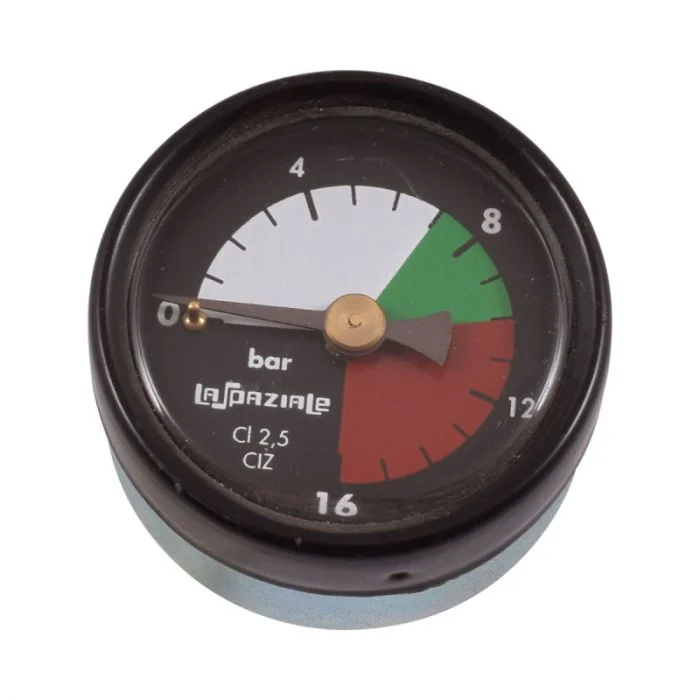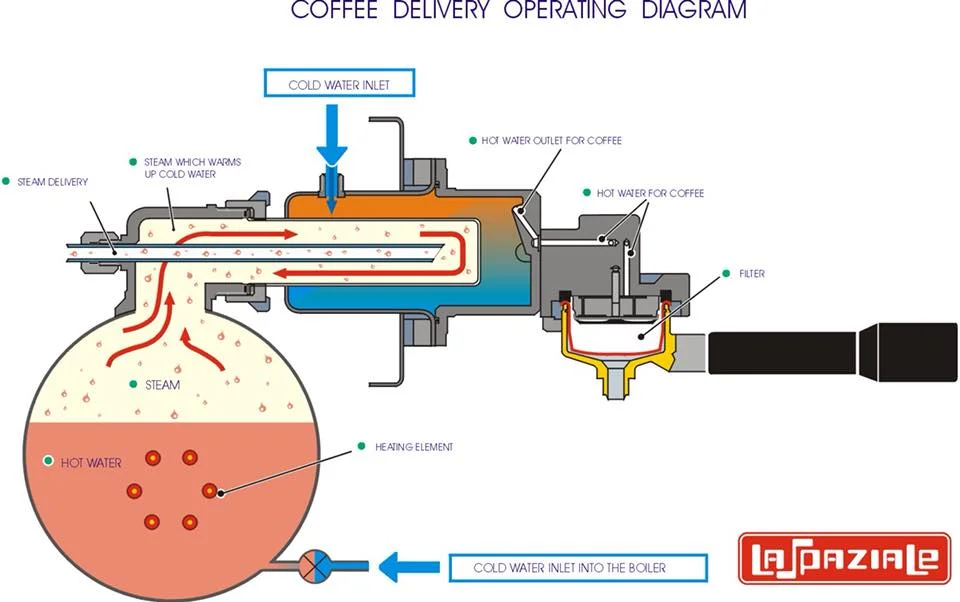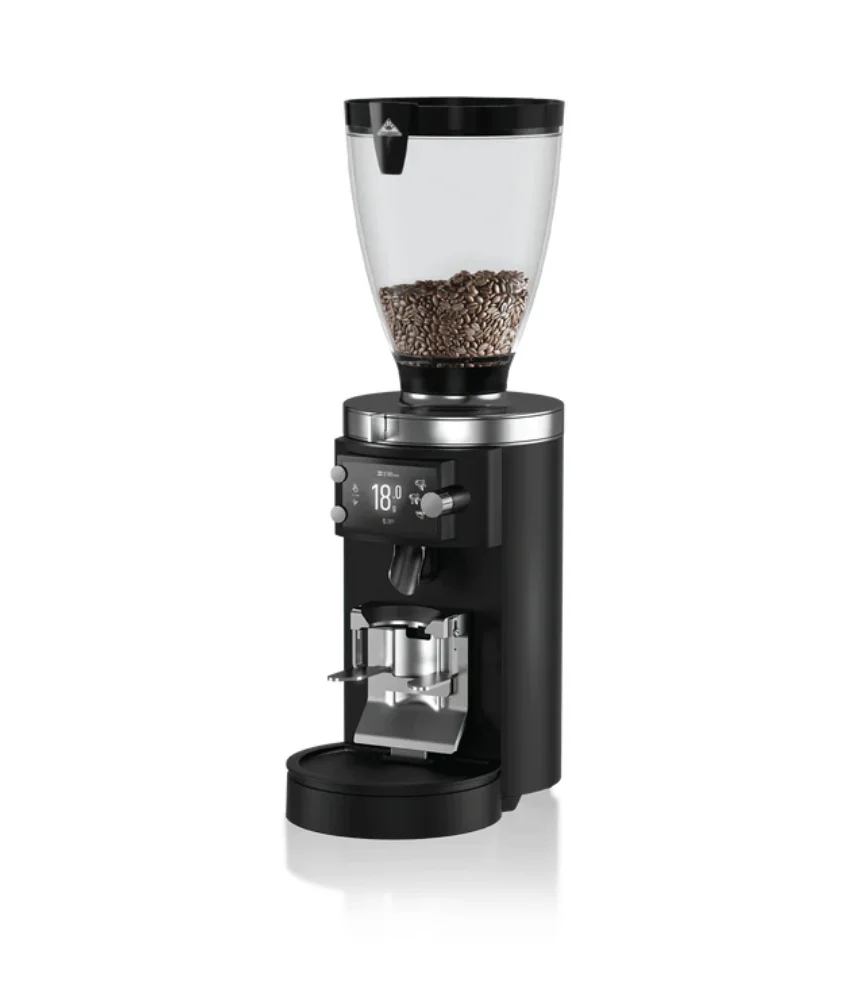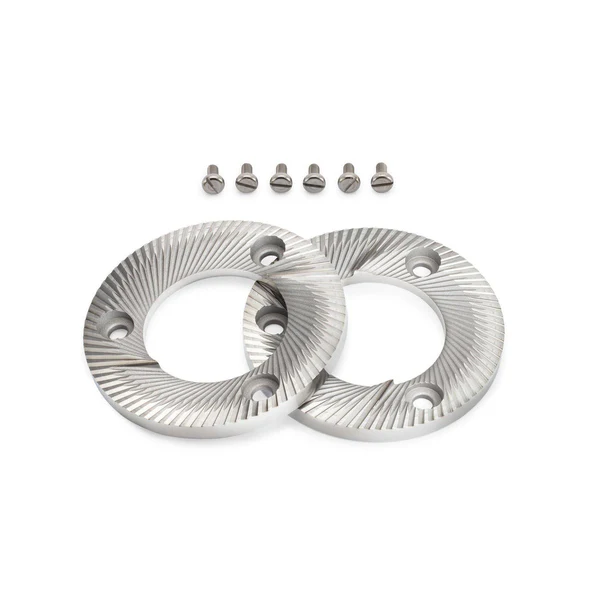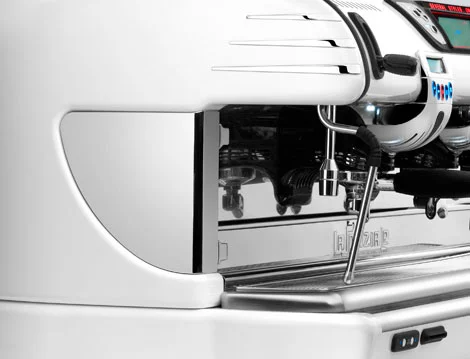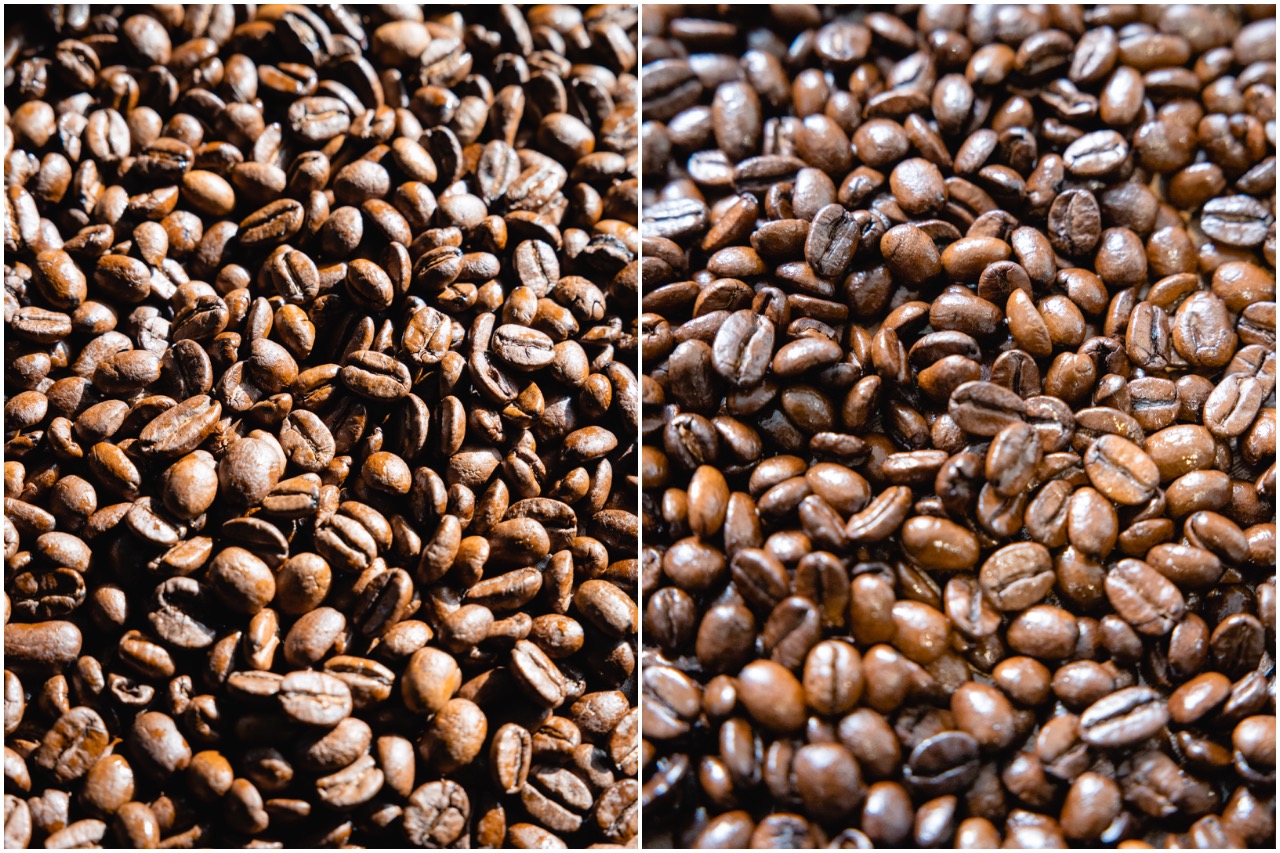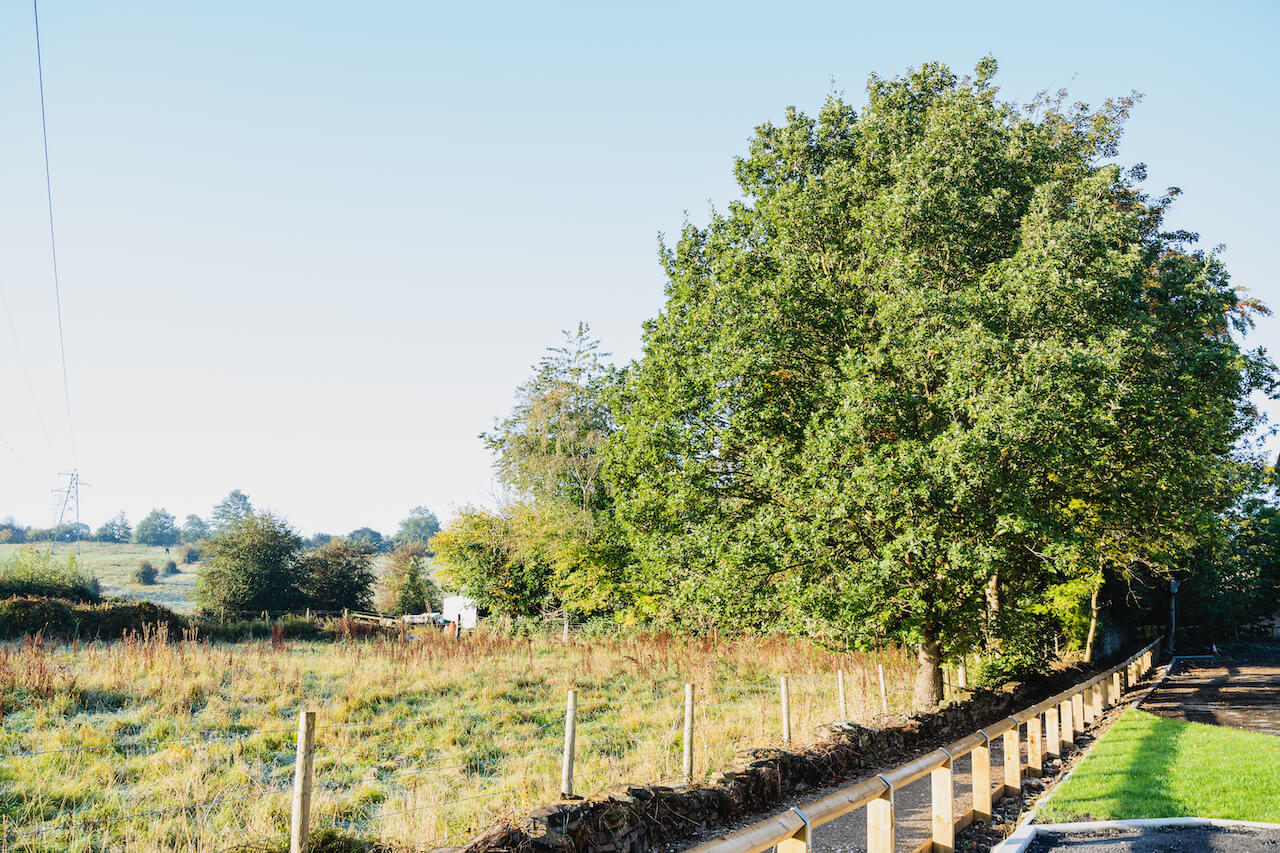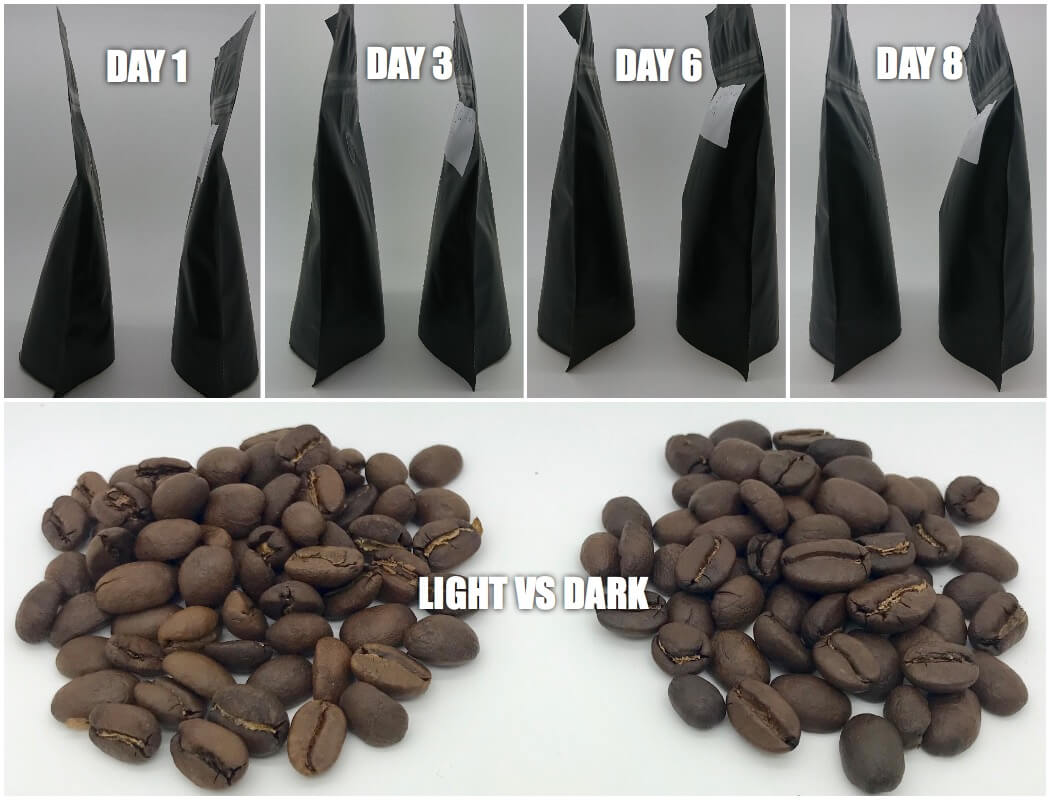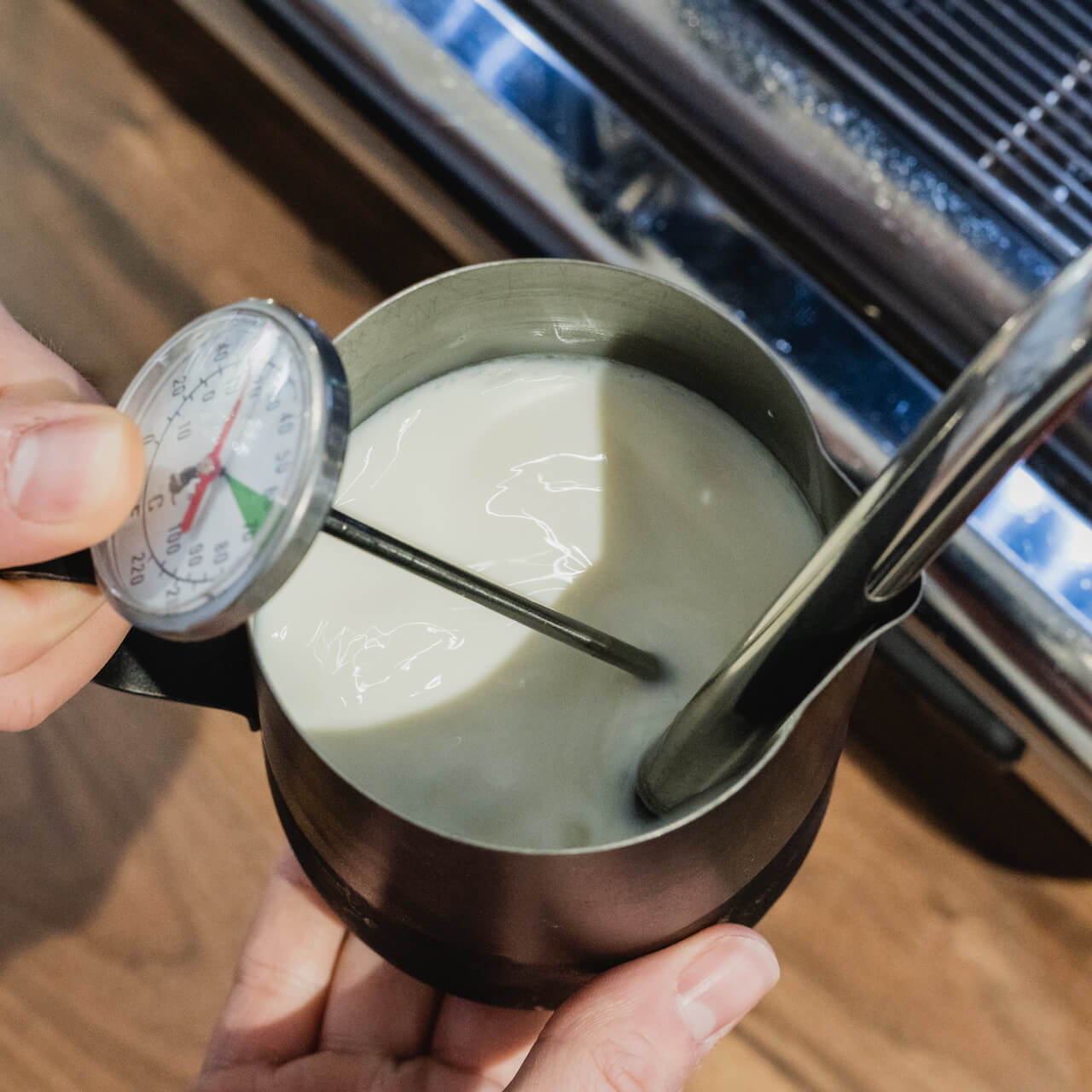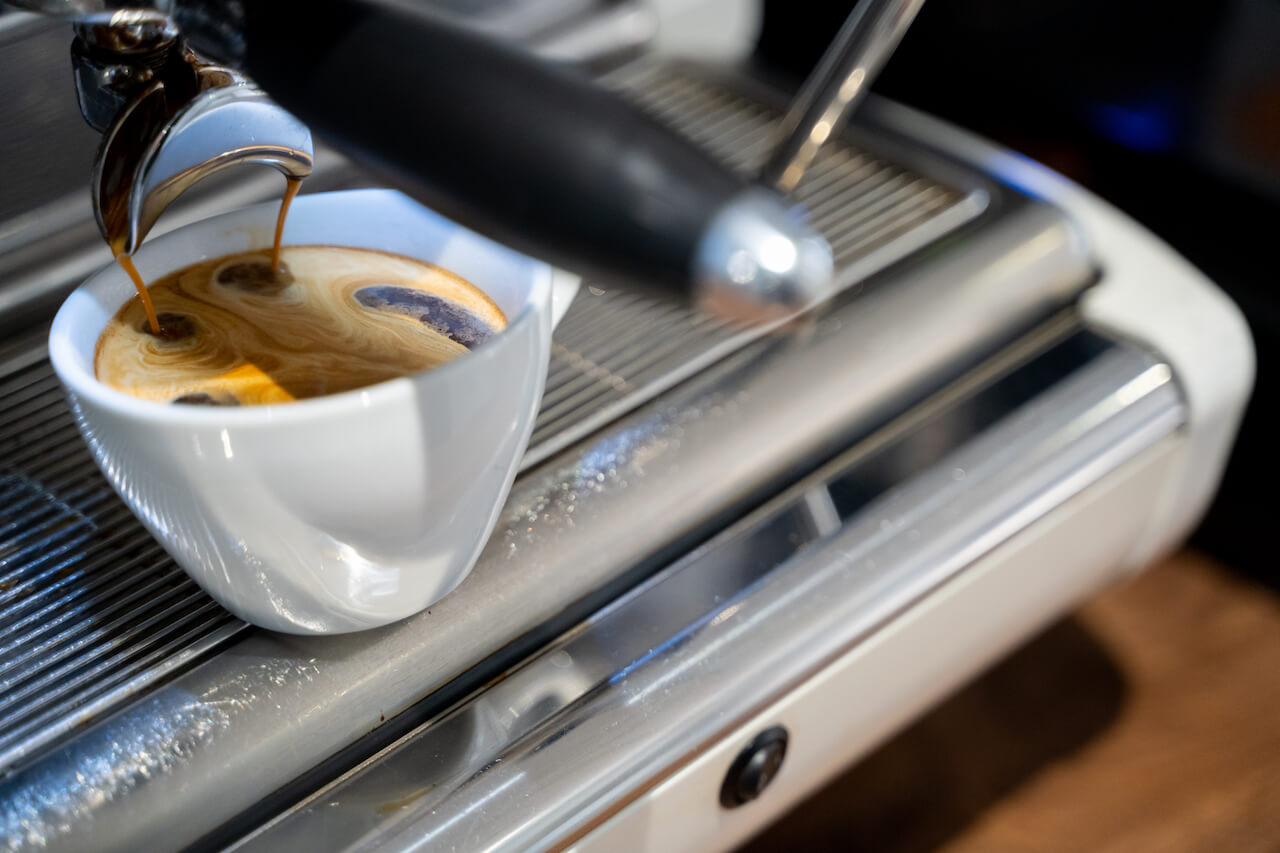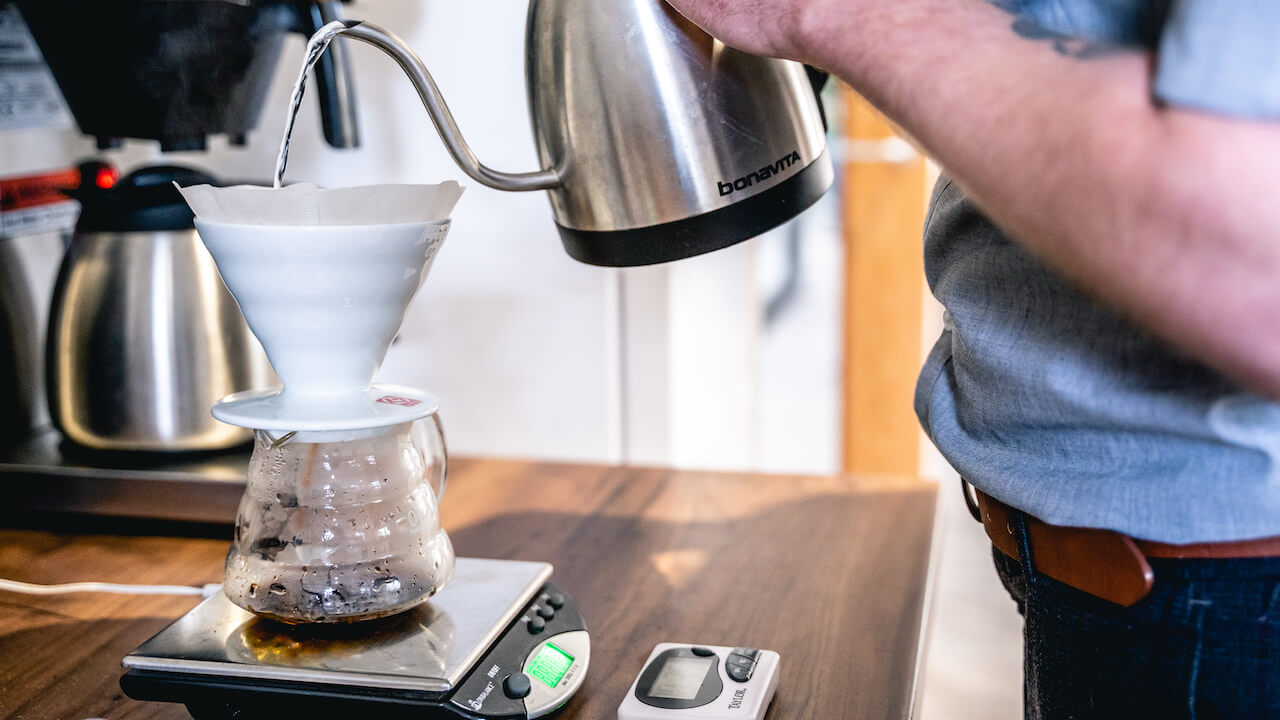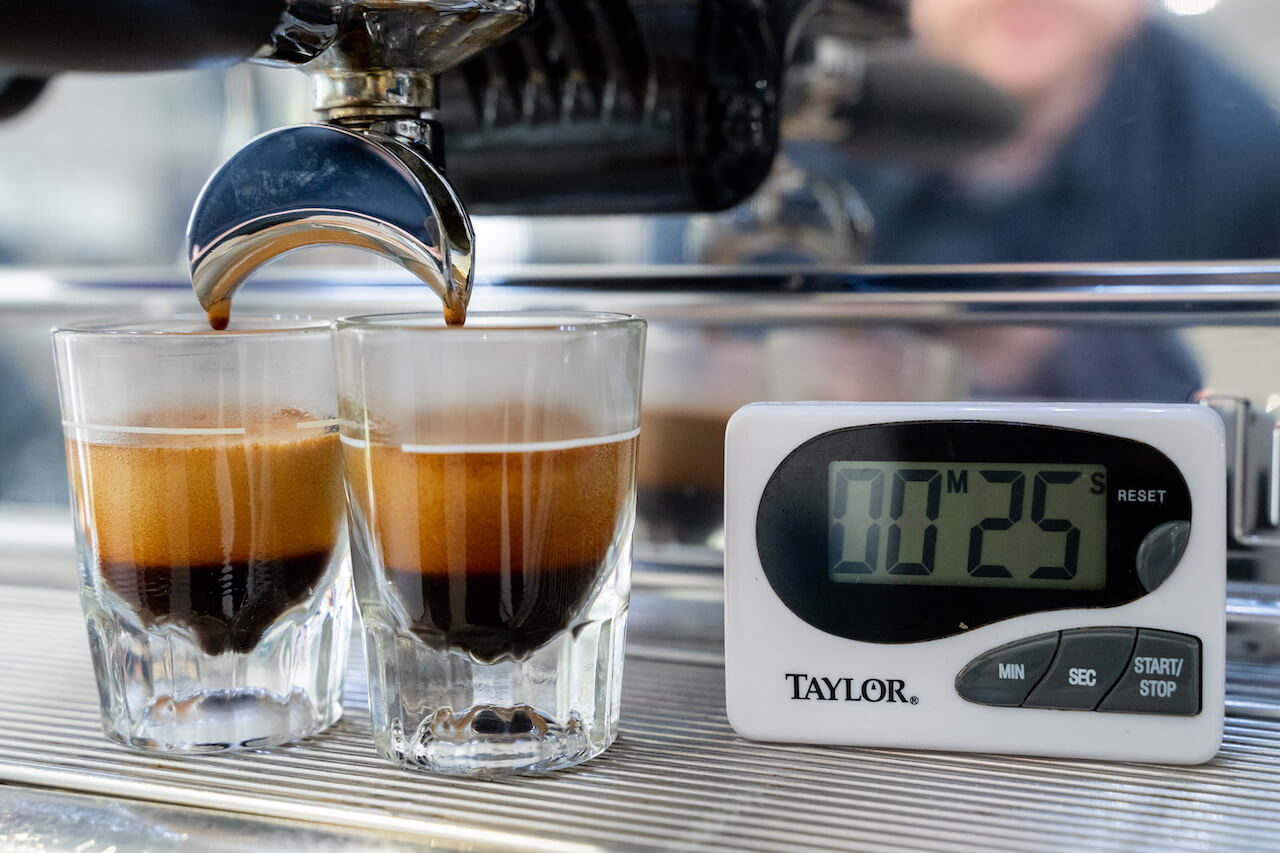Flushing the group head of your espresso coffee machine
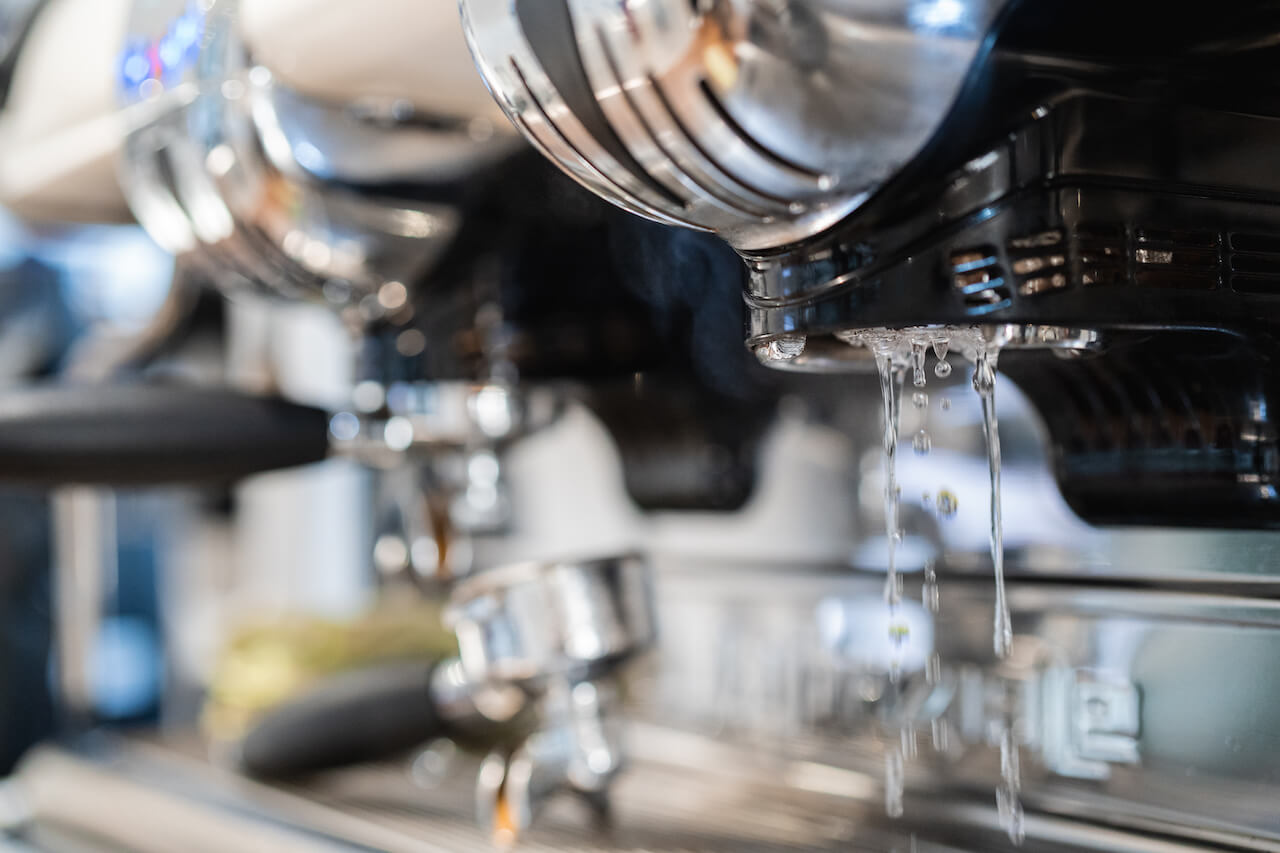
Consistent, great tasting coffee is an important part of running a successful coffee shop. There are many factors that affect the flavour of your coffee; the water temperature used to brew espresso being one of them. Espresso equipment plays a large part in maintaining this brewing temperature as well as the methods of the barista. Ensuring the group handle is kept at a consistent temperature and allowing the espresso machine to be fully warmed up are two things you can do, but is there more you should be aware of?
A good place to start is by understanding the type of boiler inside your espresso machine as each maintains water temperature differently. From heat exchangers to true boilers; the level of temperature consistency your espresso machine provides is something to consider. By design, many espresso machines are known to overheat the brewing water when the machine is idle. A ‘cooling flush’ is a concept known to many baristas, not only to ensure the group head is clean, but also to control this temperature. If you have ever noticed water sputtering from a group head along with excess steam, then you will know what we are talking about. To eliminate this, a cooling flush can be utilised between shots. This is where an amount of water is flushed from the group head after you have removed the group handle and before the next espresso is extracted. At Limini Coffee we teach this to students as a standard part of an espresso making routine. But how long should you flush the water for and what affect could this have on the taste of your espresso?
Through our own tests and experiences we have found that an espresso machine being used continuously benefits from a quick two second flush between each drink. Any longer than this and we run the risk of cooling the brewing water too much and increasing the chance of sourness in the espresso. This sourness is evident at a flush of four seconds or more. One lesson here is to ensure that we are not distracted when flushing the machine and run the water longer than we intend (we have all done this at some point whilst chatting away to our customers…)!
The question then is if your machine has been sitting idle, is a two second flush enough? Again, through our own tests and experiences we have found that when a group has idled for longer than three minutes, a longer flush benefits the taste of the espresso. For us, a four to eight second flush rids the group of its’ excess heat. The length of the flush depends on the temperature stability of your espresso machine. This issue with brewing temperature is particularly evident in shops that do not use one of the groups as often as the other(s). If the group has been sat for a long period of time and is then used without flushing, the difference in the quality of the espresso is noticeable and the coffee has a more bitter taste.
Overall, we believe it is advantageous to add group flushing to your espresso brewing routine if consistent coffee is your goal. Small flushes between brewing helps to maintain water temperate as well as cleanliness and a slightly longer flush could be needed after idle time. Experiment with your espresso machine and see the affect too long a flush or no flush at all has on your espresso quality and flavour.

Flushing of the group head
Why the need for flushing the group head should be an important part of your routine.
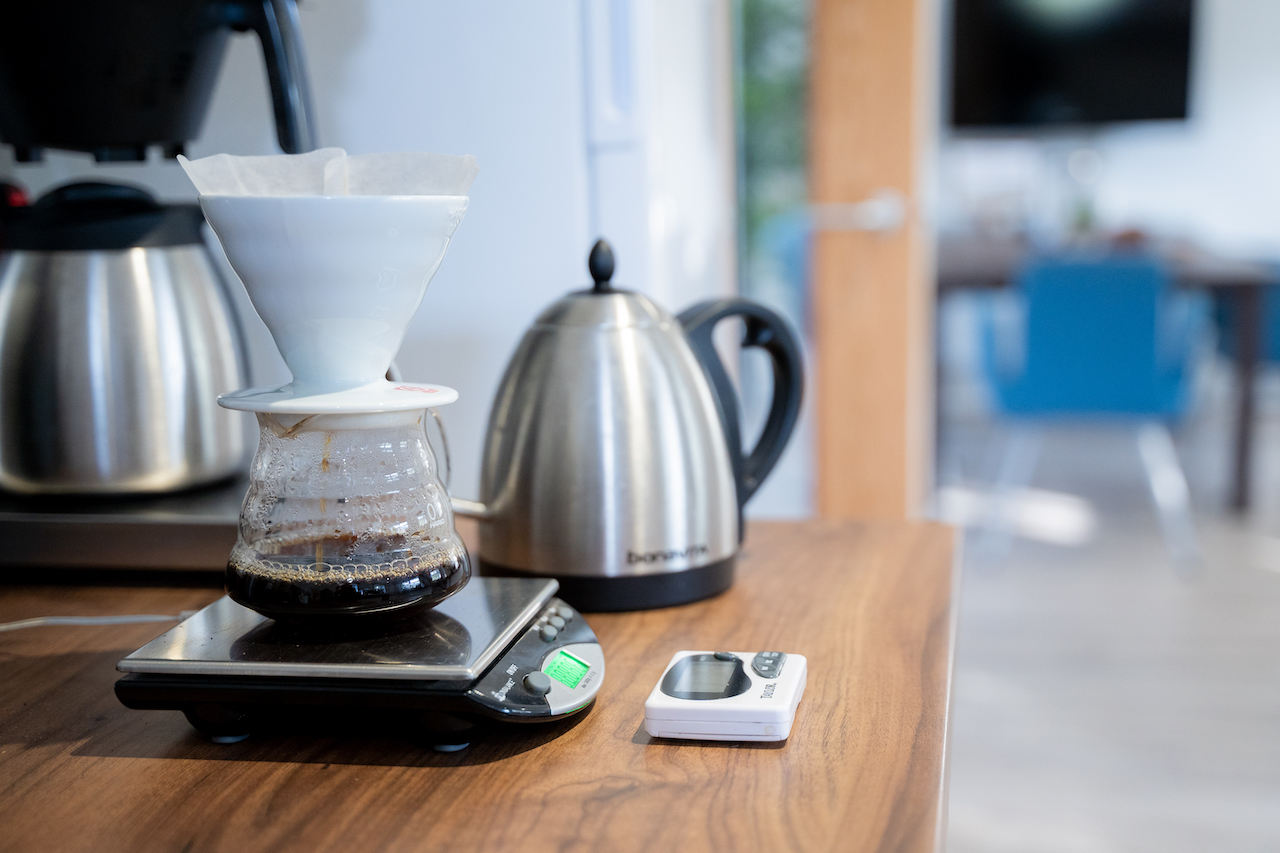
How to serve filter coffee
An article about the various methods of how to serve filter coffee in a busy coffee shop.
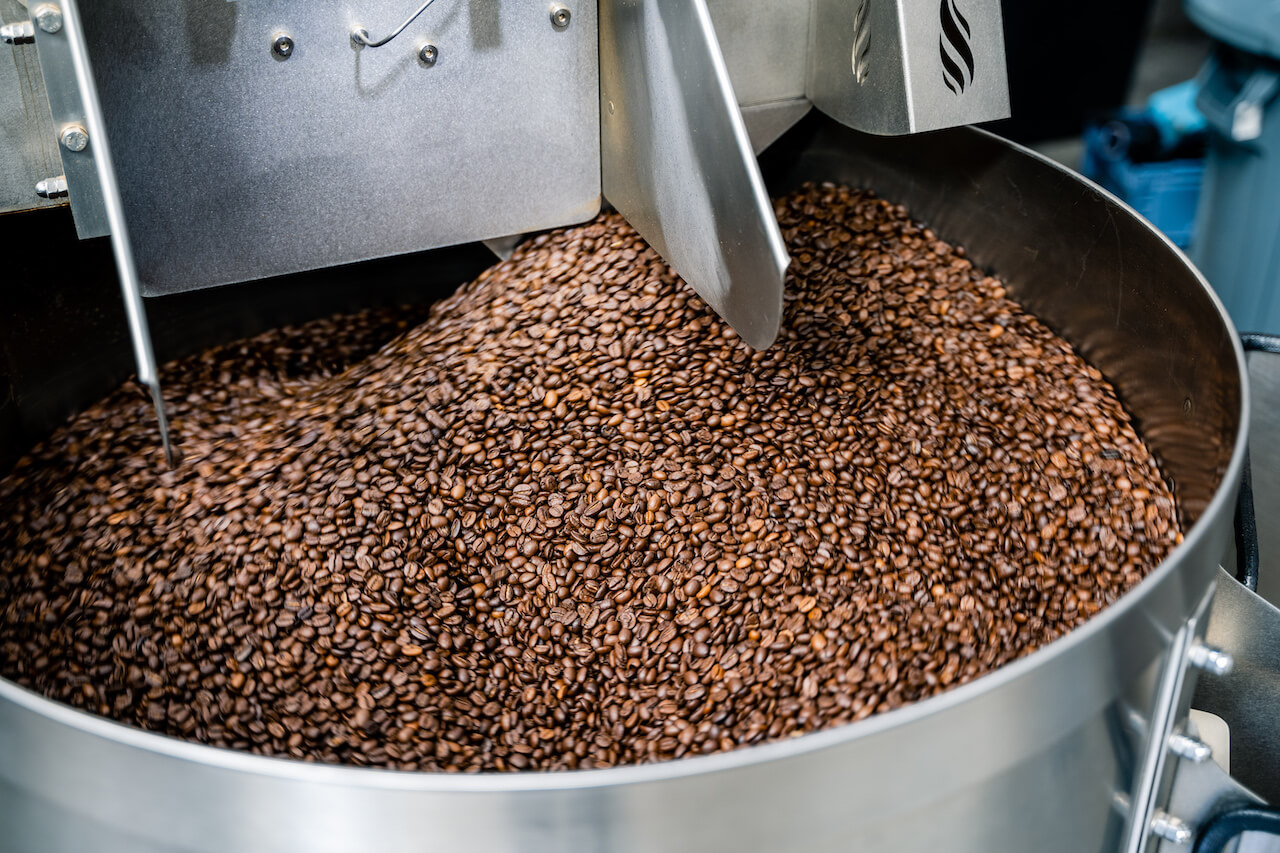
What is that smell?
You walk through the doors into your beautiful coffee shop and you smell the wonders of coffee.
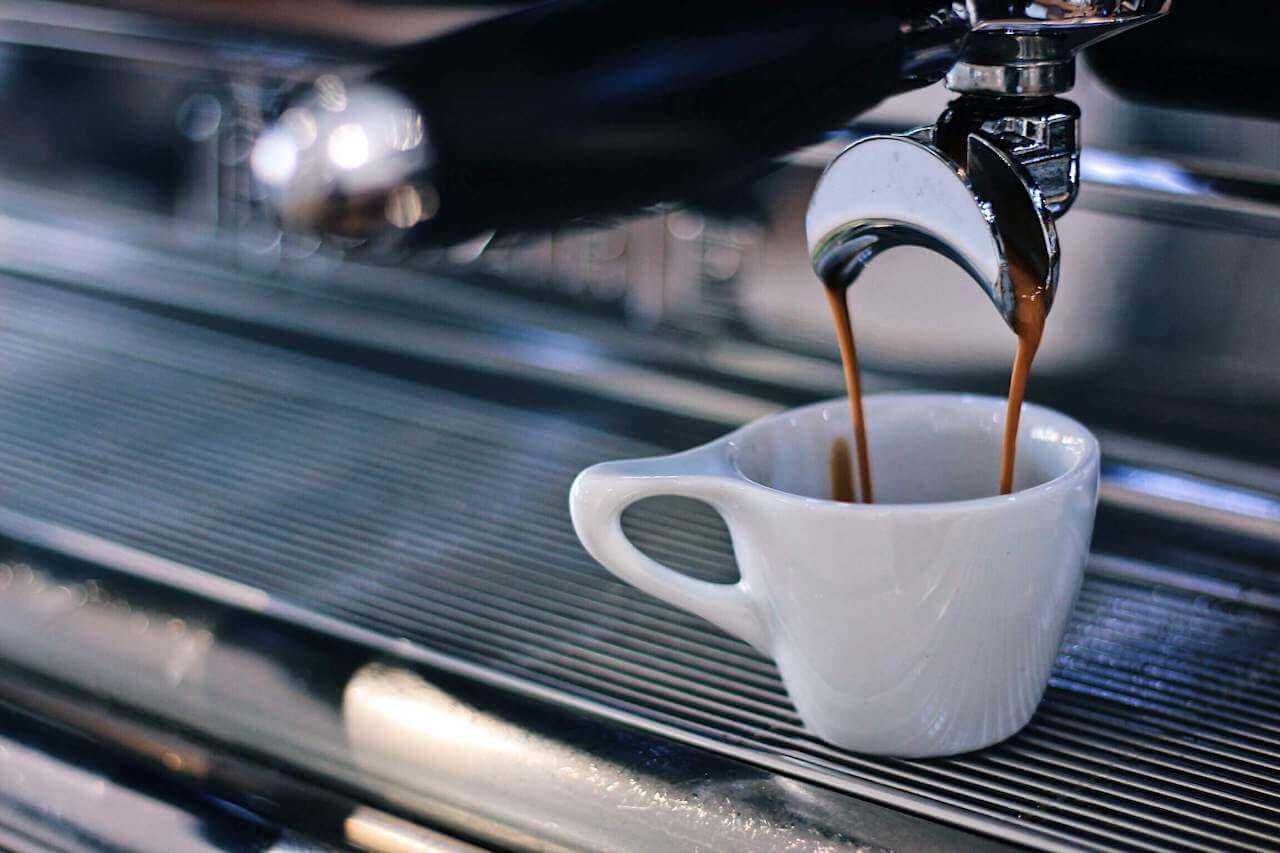
No more espressos...
A different concept for serving espresso based drinks.You can be different and serve coffees with a different base.
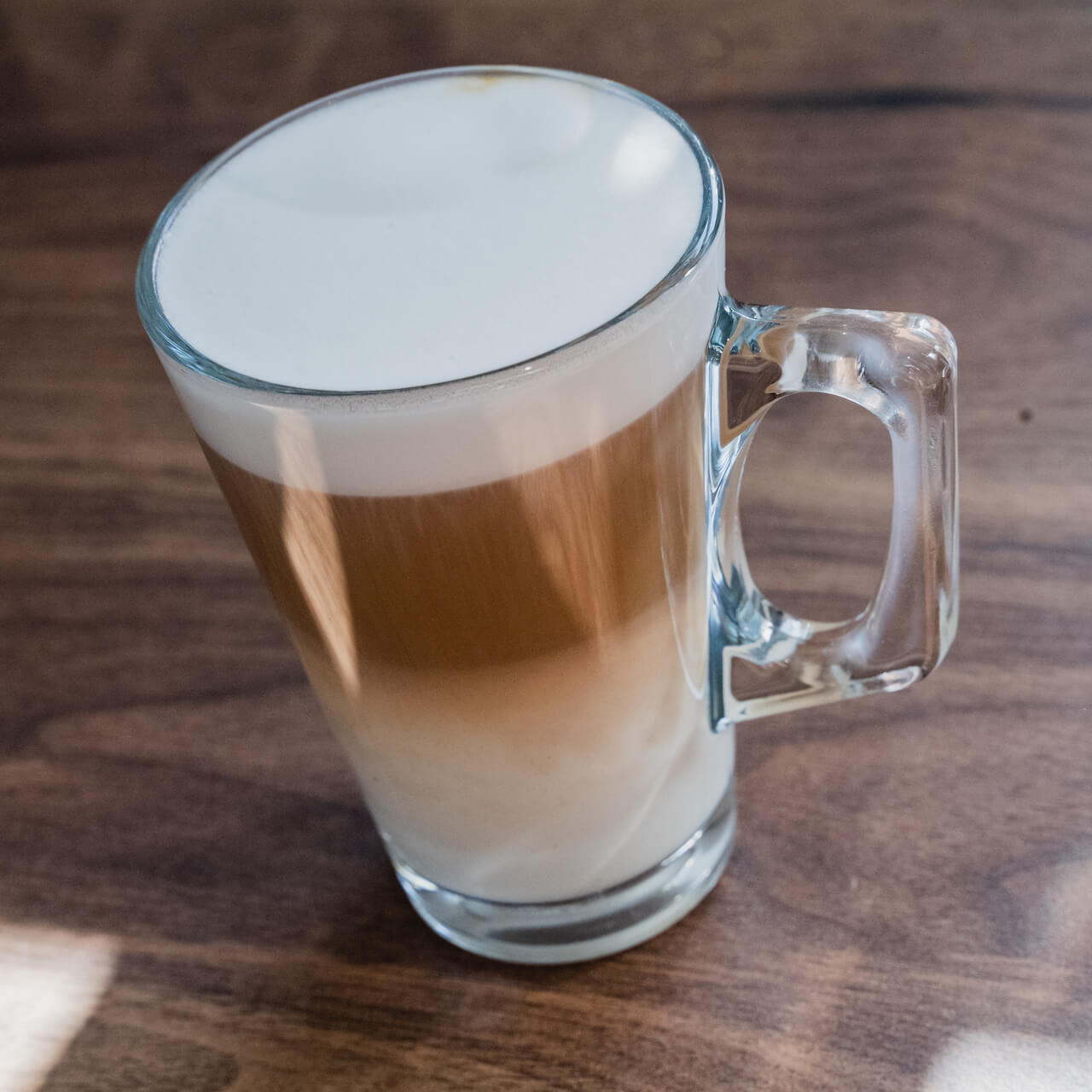
Latte, cappuccino, macchiato.... what?
A simple explanation of many of the amazing names that the coffee world has come up with over the years.
Tamping
Learn more about why tamping is actually so important. It is a skill owned by the barista and it does make a difference.
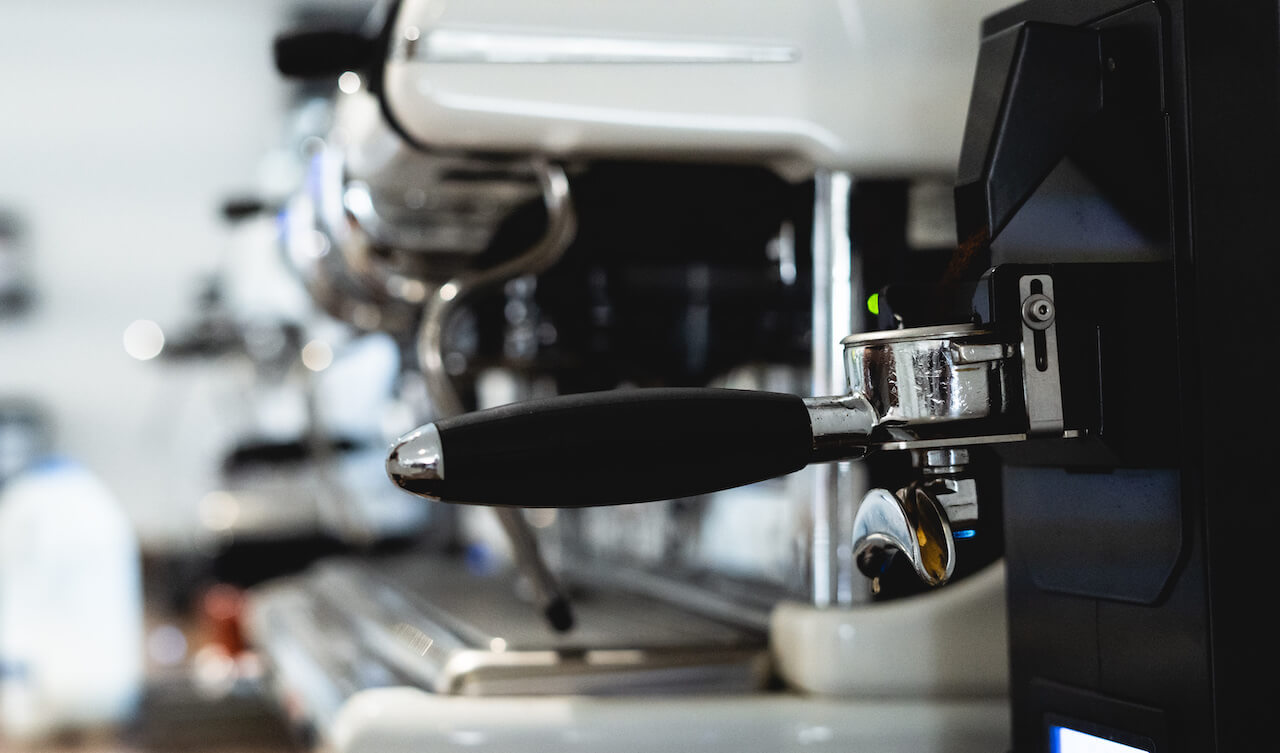
Compact vs normal size machines
What really is the difference between a compact and a standard size machine.
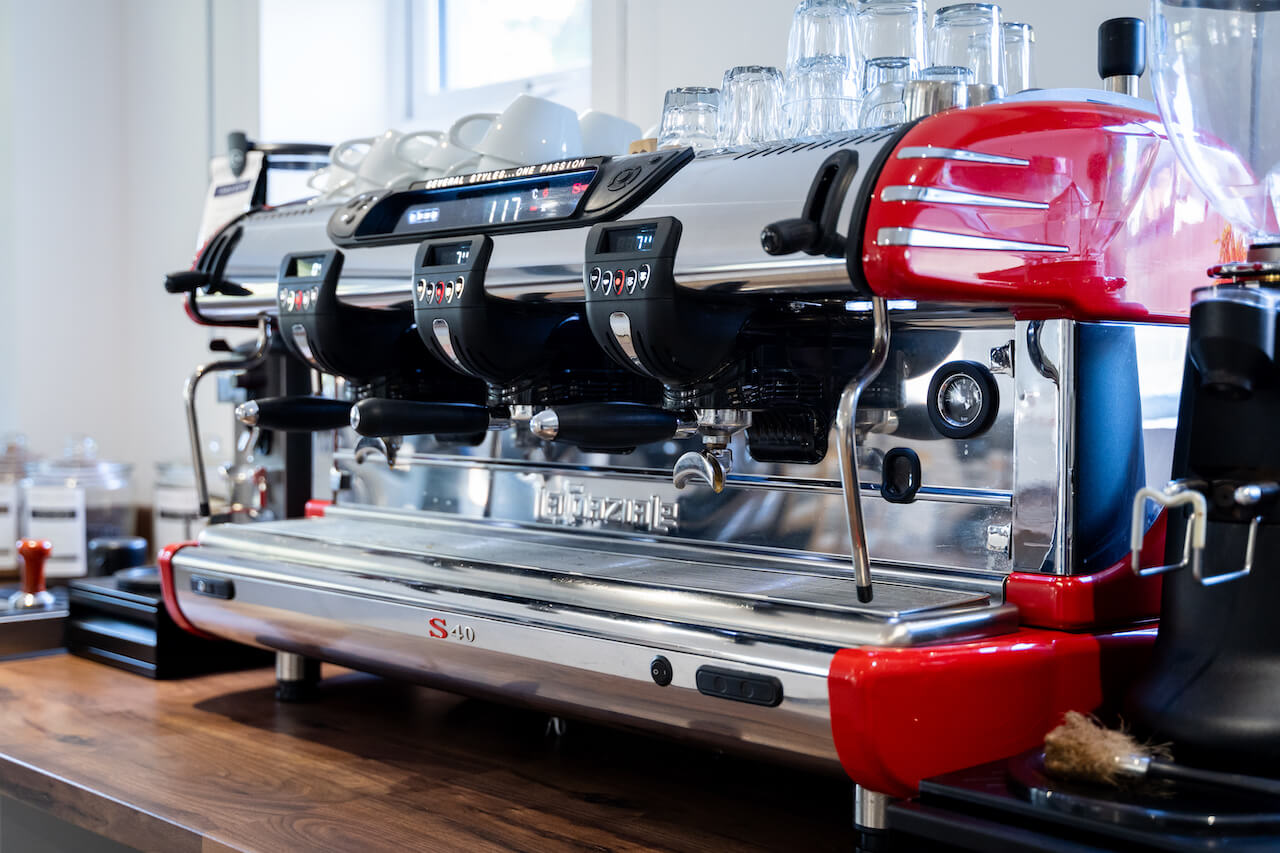
Guide to espresso equipment
Our comprehensive guide on choosing the correct equipment for your espresso drinks.
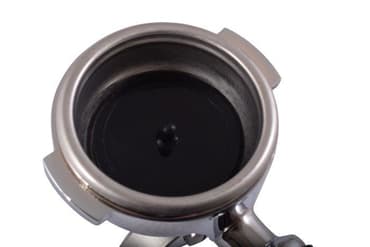
Backflushing your espresso machine
Learn about why you need to backflush an espresso machine and how it works.
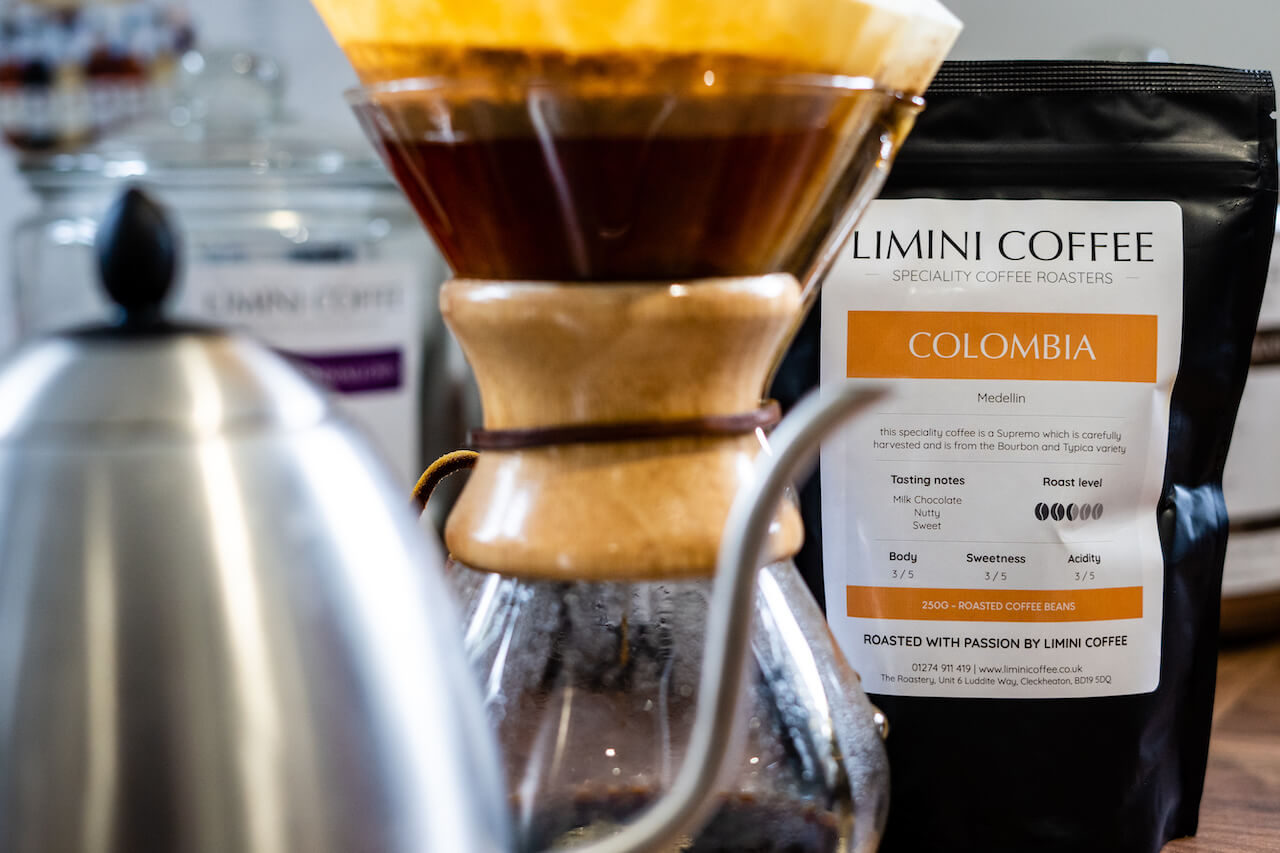
Filter coffee
Filter coffee is beautiful and here we will introduce you to some of the more popular methods.
.webp)
call us for a chat on 01274 911 419
Monday - Friday | 09:00 - 16:30
Closed bank holidays
Terms and conditions | Privacy policy | Website settings
By continuing to browse you agree to our use of cookies.
Copyright © 2008-2025 Limini Coffee Services Limited. All Rights Reserved


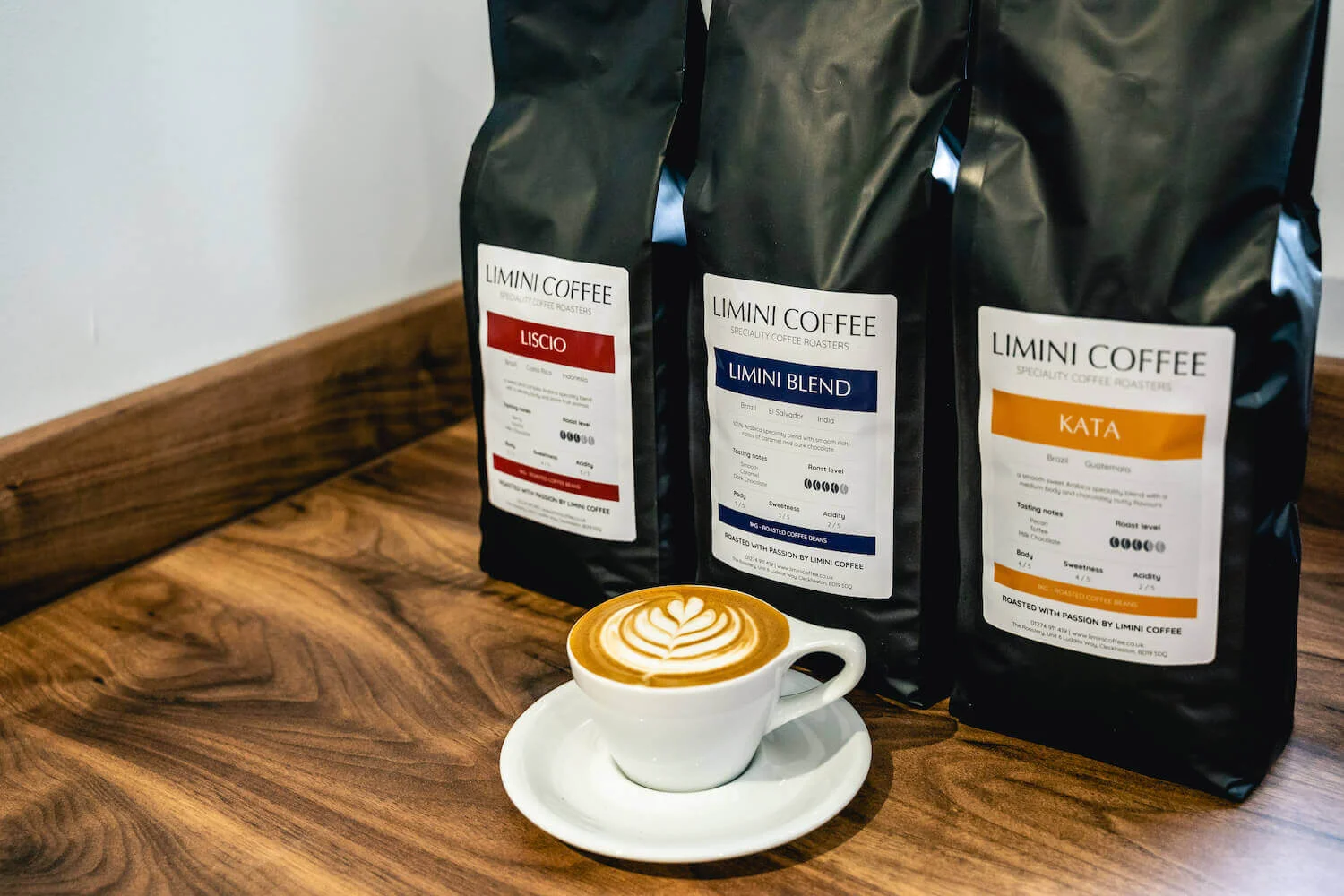
.webp)
